Australian History & Culture
What do you know about Oz? The Land Down Under has a rich history and lively culture.
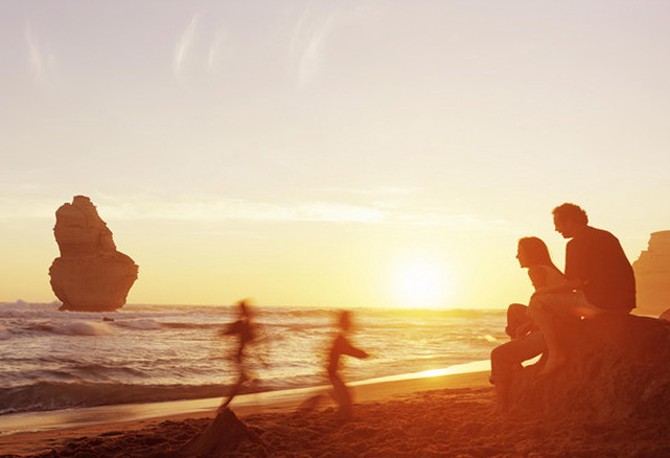
Photo: © Tourism Australia
The Land
Australia is more than the "land down under." It's a country, a continent and the world's largest island with nearly 23,000 miles of oceanfront property.
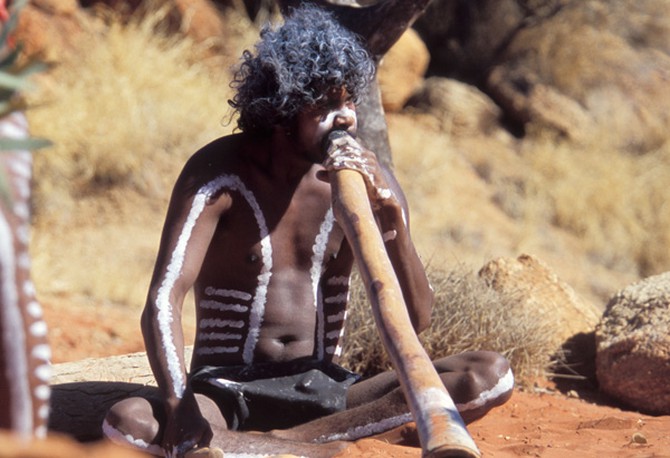
Photo: Getty Images
Original Inhabitants
The first residents of Australia were the Aboriginal people, who are believed to have come to the land by boat between 50,000 and 60,000 years ago.
Though there are 300 Aboriginal clans, 250 languages and 700 dialects, all Aboriginal communities share a common culture focused on a creation myth and spirit ancestors.
Though there are 300 Aboriginal clans, 250 languages and 700 dialects, all Aboriginal communities share a common culture focused on a creation myth and spirit ancestors.
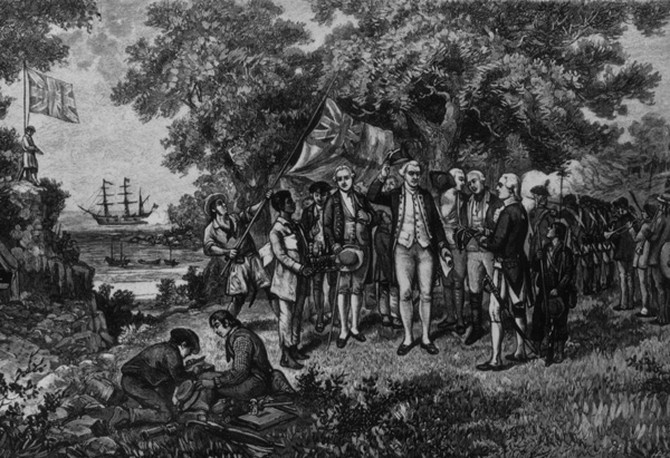
Photo: Getty Images
The Europeans Arrive
In 1770, British explorer Captain James Cook crashed his ship into the Great Barrier Reef. He and his crew chartered the east coast and claimed the continent for the British Empire. As the prisons of England overflowed, 160,000 convicts were exiled to this colony between 1788 and 1868. However, not all settlers in Australia were convicts.
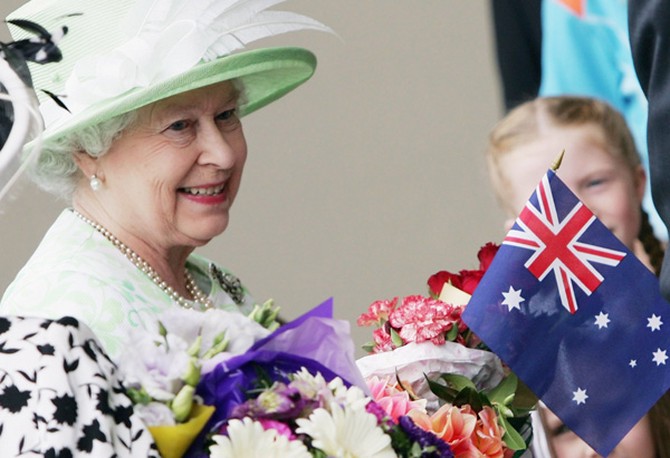
Photo: Getty Images
Independence
In 1901, Australia gained independence though it is still part of the Commonwealth of Nations, an organization of former British colonies. Queen Elizabeth II is the Queen of Australia, and her face appears on all coins and on the front of the $5 note.
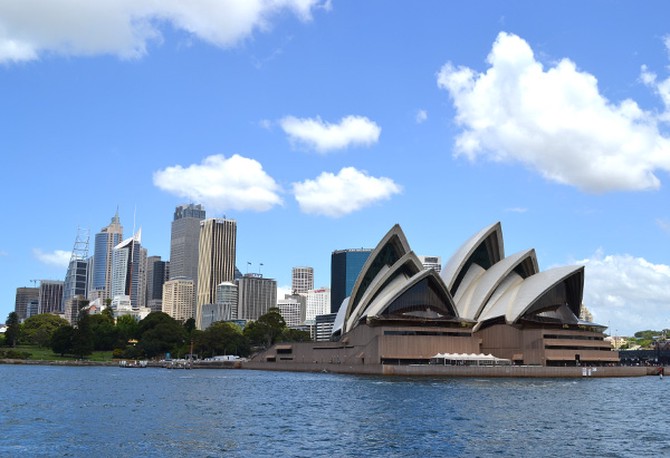
Photo: George Burns/Harpo Studios
Sydney Opera House
One of the most unique landmark buildings in Australia—and around the world—is the Sydney Opera House, an architectural feat designed by Denmark's Jorn Utzon in 1957. It's said that the idea for the iconic structure's white sails came to him while he was peeling an orange.
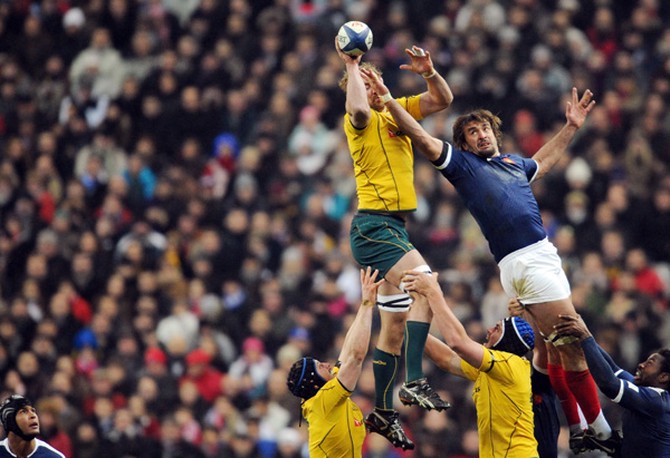
Photo: Getty Images
Sports Culture
Australia's 22 million people share a love of sports, especially rugby and cricket.
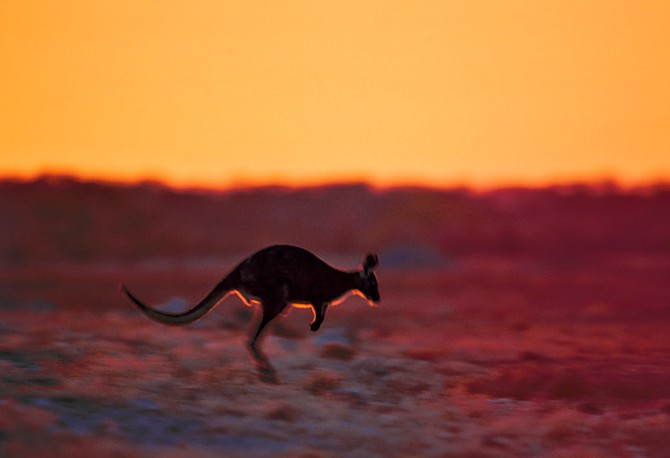
Photo: © Tourism Australia
'Roos and Wool
While it is famous for its unusual animals like kangaroos, wallabies and koalas, Australia is home to 85 million sheep. It's the largest producer of wool in the world.
Published 01/18/2011

